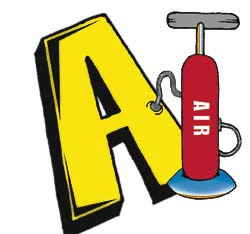Should Test Corrections Exist for MHS Students?

Photo Courtesy of @RattlerNation
Political cartoon representing how corrections inflate the grades of high school students.
February 28, 2022
At Mamaroneck High School, students are sometimes able to raise their grade on a test by doing test corrections. Corrections are not always offered, and teachers often place limitations on corrections, such as the number of corrections each student can do per quarter. Many question, though, if these test corrections should exist and, if they do, how they work best.
The Globe believes test corrections should exist because they incentivize students to learn from their mistakes. Though they may seem generous, the Globe believes they usually are not easy but tedious as students must usually explain what questions they got wrong. Corrections are necessary in classes where grades are weighted towards tests, as they are a safety net to prevent students from failing. Corrections help students long-term as they reduce the chances of getting the same thing wrong again, which is useful since students can do well on final exams when they performed poorly on unit tests in the past. Corrections also benefit students who struggle with pressure during tests as they give them a better grade that represents their learning.. Teachers also benefit from corrections because they can gauge whether they should lower the difficulty of the test and raise or lower the maximum number of available points for future corrections.
Another system related to corrections is curving, which is where a teacher uses a complicated mathematical formula to raise each student’s grade by a different amount. It is “curved” because the higher grade one initially has, the fewest number of points they get back when curved. Sometimes curving is combined with corrections where students get the curve only if they do corrections. This method is more problematic because it creates even more work for teachers and can unfairly put one student ahead of another despite initially receiving a lower score. The Globe believes curving with corrections should have a cutoff and only low scoring students should allow both, as the Globe believes high scoring students are more likely to be more interested in getting a few points back rather than learning from mistakes.
Although the Globe believes test corrections are beneficial, they also have drawbacks. They create more work for teachers and give students second chances that don’t prepare them for the future, as they rarely exist at the college level. It’s also difficult for a teacher to find the right amount of points to give back: too many is unfair to students who initially did well, and too few disincentivizes them. Corrections can also be used the wrong way because students may simply memorize the correct answers. Corrections also raise integrity issues as students can easily share correct answers. The biggest problem is that if corrections are too easy to do, students may slack off.
Test corrections are good because they incentivize learning from mistakes, and are a safety net in classes where grades are mostly determined by tests. Conversely, they have the drawbacks of being hard to implement well, are significantly more work for teachers, and give students second chances that don’t prepare them for the future. As for curving with corrections, it is best when only offered to students with the lowest grades. Teachers would do best to consider the difficulty of their tests in relation to how much of a curve or corrections are applied, and students would do best in the future to reconsider what classes they should take and if they should adopt better studying habits so as to prevent needing test corrections.
The Globe believes that test corrections are effective when the teacher doesn’t offer too few or too many points back, and that when curving is applied, only the students with the lowest grades should have the option of corrections so as to remain fair to all students in the class.






